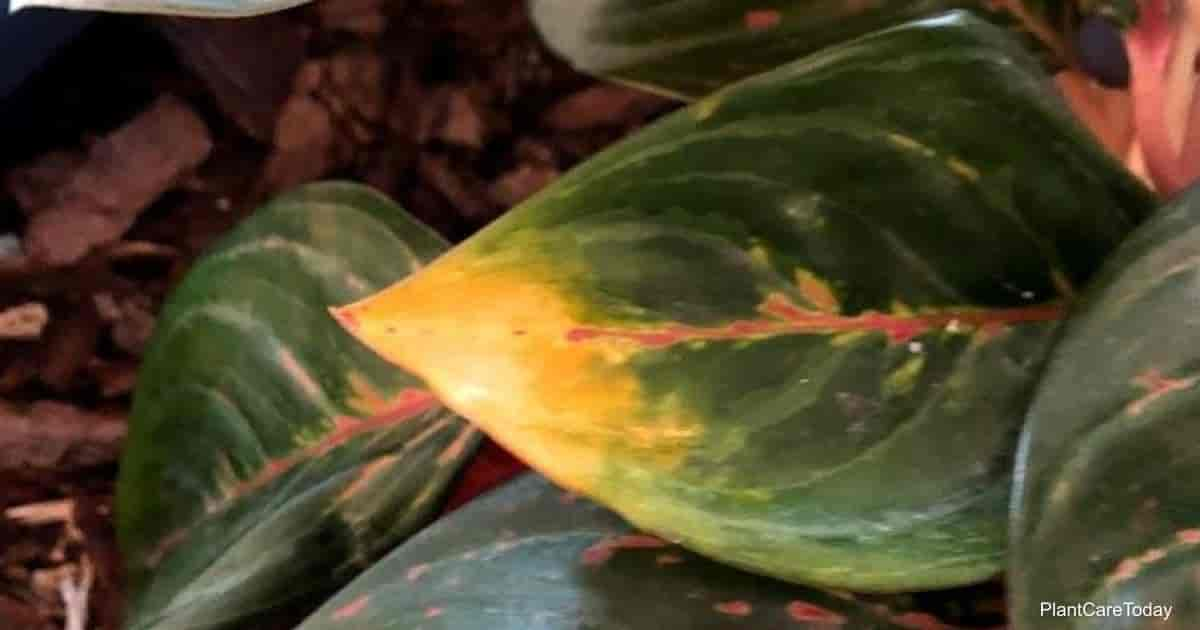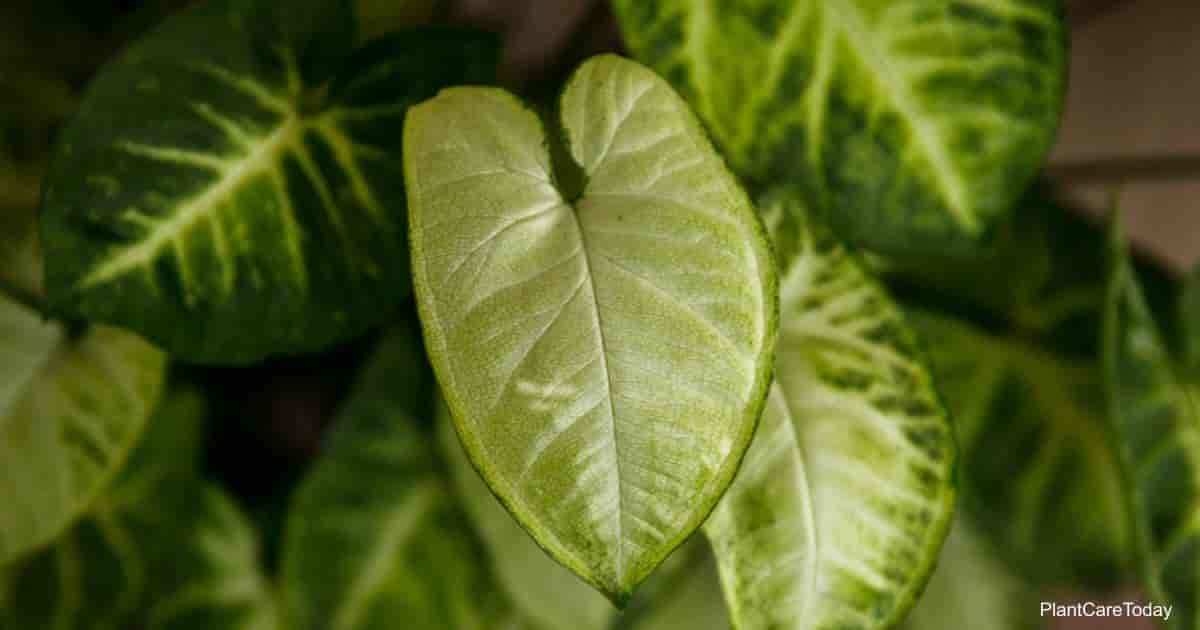There are a lot of tropical plants out there that have sparked controversy over the years, but one of the most infamous is Monstera borsigiana (mon-STER-uh bor-sig-ee-AY-nuh), commonly known as the Swiss cheese plant.
The problem is that this plant is so closely related to Monstera deliciosa that nobody can decide if it’s a separate monstera species, a variation (Monstera deliciosa var borsigiana), or just another name for Monstera deliciosa!
This debate has resulted in some very heated arguments and name-calling. Scientists have yet to determine if there’s any difference between the two species on a genetic level. Therefore, we will be treating it as either a species or a variation of its relative.
Monstera borsigiana shares the same natural habitat as Monstera deliciosa, namely southern Mexico to Panama.
It is a perennial member of the Araceae family. Due to the leaf fenestrations, it is generally considered a smaller version of delicosa with the same nicknames of cheese plant or Swiss-cheese plant.
Monstera Borsigiana Plant Care
Size & Growth
As mentioned, one of the distinguishing factors plant enthusiasts give between borsigiana and delicosa is in size.
While the latter can reach nearly 10′ feet tall, borsigiana typically doesn’t get much larger than 7′ feet tall.
Likewise, the leaf size tends to be much smaller, 18″ inches, instead of the 36″ inches of the more popular delicosa.
Another common difference cited is the growth habit.
While delicosa is a relatively slow grower and tends to be more trailing, borsigiana is a fast grower that prefers to climb.
It’s also notorious for becoming a messy grower once it hits 3 years old, often requiring extra pruning to keep it well-shaped.
Having a moss or bamboo pole will help ensure this is a happy plant.
The third cited difference is in the geniculum, a special joint located where the petiole and leaf connect.
This joint allows the plant to adjust its leaves to the indirect light better and is not present on most plants.
The geniculum on delicosa tends to be crinkly or wavy, whereas borsigiana has a smooth geniculum.
It should be noted that the iconic fenestrations (or “windows”) won’t appear on your plant until the leaves reach maturity.
Flowering and Fragrance
It’s rare to see a monstera bloom, even outdoors.
However, it’s hard to miss when it does.
A 4 to 6″ inch tall creamy white spathe and yellowish-white spadix emerge, covered in tiny white self-pollinating flowers.
Once fertilized, the flowers give way to a 10″ inch long, scaly fruit that resembles an ear of corn.
The scales fall off once the fruit matures, giving way to an edible treat that smells and tastes a lot like pineapple.
Light & Temperature
Due to the fenestrations, the green leaf of a Swiss cheese plant can scorch easily in direct sunlight.
This plant is adapted to climb trees, and it grows best in dappled sunlight or bright, indirect sunlight.
It will tolerate partial shade but may become leggy as a result.
Slightly higher humidity is preferred, and around 70% percent tends to be best.
That said, it can survive household humidity levels but will be much happier if you augment using a pebble tray or humidifier.
As the plant is used to minor shade from the forest canopy, it will do quite well in normal household temperatures of 65° to 75° degrees Fahrenheit. Still, you should avoid anything above 80° or below 60° degrees Fahrenheit.
Temperatures below 35° degrees Fahrenheit can do permanent damage to the plant and even kill it.
Outdoors plant Monstera borsigiana in USDA hardiness zones 9b to 11. Shelter it in both indoor and outdoor settings, from drafts due to the frailty of its leaves.
Watering and Feeding
The soak-and-dry method is best for this plant, which is highly susceptible to root rot.
When the soil has dried 2″ inches deep, give the plant a slow watering, making sure to work your way around the container until you see water beginning to seep from the drainage holes.
Choose to feed your borsigiana with either a monstera plant food or a liquid houseplant fertilizer with an NPK of 5-2-3.
Feed monthly in spring and summer, pausing when autumn arrives.
Soil & Transplanting
Good, well-draining soil is essential for this plant, with an acidic pH between 5.5 and 6.5.
Homemade soilless potting mixes also work great, such as mixing 4 parts pine bark to one part each of perlite and coco coir or moss.
Due to its quick growth rate, you’ll need to repot this Swiss cheese plant every 2 years.
Upgrade the pot to one approximately 1″ to 2″ inches wider than the current one and use fresh potting soil or substrate.
As the roots can cling to the sides of a pot (especially terra cotta or other porous pots), it’s best to water approximately ½ hour before transplanting to help loosen everything up.
Grooming And Maintenance
This particular monstera tends to be a messy grower and benefits from regular pruning.
While spring tends to be best, you can prune this plant at any point in the year.
Look for older, damaged, and diseased leaves to clip and cut just below the node using sharp, sterile shears.
You may also choose to remove an aerial root or two to maintain the plant’s shape further.
Related: Monstera Borsigiana
How To Propagate Monstera Deliciosa var Borsigiana?
This plant has a lot of potential propagation methods to choose from.
The most popular methods are air layering and stem clippings (both in soil and water), but division and seed propagation are viable options.
Monstera Pests or Diseases
This plant is not cold tolerant, and the mature leaves can tear easily.
It’s most commonly affected by fusarium wilt, mosaic virus, and root rot.
It may also become infested by fungus gnats, grasshoppers, mealybugs, scale, spider mites, and thrips.
Note that while the fruit is edible to humans, this is an aroid and thus contains calcium oxalate crystals.
Ingestion of other parts of the plant or eating too much fruit at once may result in some mild toxic symptoms.
It is considered more highly toxic to pets, with cats being most at risk.
Monstera Borsigiana Uses
This wonderful epiphyte makes for a great indoor or outdoor feature when allowed to climb a bamboo or moss pole or a trellis.
The fruits are edible when they appear. Additionally, the smaller size of this plant can make it a good alternative to Monstera deliciosa (unless you count them as the same plant).
Credit : Gary Antosh (https://plantcaretoday.com/monstera-borsigiana.html)





